
Subaru-based V-Storm exo car
Story and photos by Rob Hawkins
Big power and low weight: It’s a race-proven formula for high performance. That’s the driving force behind the V-Storm, a turbocharged, carbon-fiber-clad, exoskeletal three-seater. It has the output of a rally car and all the poundage of a bag of chips.
For proof, even in second gear, you’re already breaking the speed limit and need to hit the middle pedal to slow down. With 350 horses at the flywheel from a tuned 2-liter, flat-four Subaru 300 STI engine, the acceleration is both breathtaking and addictive.
Add to that exhilarating handling and controllability. The center seating position for the driver provides superb all-around visibility. Once you’re securely strapped into the high-back bucket with a Sabelt three-point harness, you have only your arms and legs left to move around, and your knees are in the breeze. With no footwell space to fight over, because the passengers are almost behind you, there’s plenty of room for the driver’s feet, and the pedals are adequately spaced. Plus, the steering wheel, controls and dashboard-mounted shifter are all ergonomically correct.
The first V-Storm I drove in 2008 was powered by a 997 cc Aprilia motorcycle engine. Despite its meager size, the output was a healthy 143 hp and could scream up to almost 10,000 rpm. But what the V-Storm really needed was an automobile engine to compete with the highly successful Ariel Atom.
The Subaru flat-four, either 2.0 or 2.5 liters, is ideal. This engine is readily found in the WRX, STI and the standard Impreza and Forester. The V-Storm can use the engine, ancillaries and transaxle from any of these donor vehicles. Even so, most customers use bespoke or performance parts, manufactured in-house by the current owners, DJC Kit Cars, which took on the rights in 2014.
Originally a precision engineering company, DJC makes most of the metal components for the V-Storm. The firm has also recently taken the V-Storm into the 21st century, with optional carbon fiber body panels, CAN bus technology, body control modules (no fuses or relays), and LED lighting.
The midmounted Subaru engine sits in the same basic configuration as it would in the front of its AWD donor, but with the drive to the rear being blocked off and the transfer box removed. That setup leaves the axle shafts for the Subaru’s front wheels connected to the rear wheels on the V-Storm. Consequently, the transmission is at the very back of the vehicle, just like a traditional transaxle (think Ford GT40), with the gears being operated by a cable system.
For optimum balance, the transverse weight distribution of the V-Storm is roughly 50-50 from left to right. So if you cut the car in half down its centerline, it’s pretty much symmetrical.
The engineering of the V-Storm has solid credentials. Designer Simon Keys has worked for Volkswagen and Jaguar. He also spent several years working at MIRA (the Motor Industry Research Association) in the U.K. at the crash-test safety unit. Designing the chassis involved 3D CAD software to ensure that three people could be seated and that all the components fitted correctly.
A suspension specialist and race car builder was commissioned to design the suspension. It consists of a single-seater specification using double wishbones all round, which are shimmed for adjustment with horizontally mounted, pushrod coilover shocks operated via aluminum bell cranks. This arrangement brings the unsprung weight inboard, closer to the centerline of the car. Also, reducing unsprung weight are aluminum uprights and hubs at the front, a race-spec steering rack, lightweight steel uprights and hubs at the rear, and alloy brake calipers all round.
Further points in favor of the suspension include its ease of adjustment. The pushrods can change the ride height, and the upper front wishbones can alter the camber. You don’t need to separate any ball joints, though. Just undo a locknut and rotate an adjuster.
At the rear, toe-in and toe-out can be altered via an adjustable rear steer arm. Finally, by altering the amount of leverage on the rear bell cranks, the spring ratings can be changed, which will be incorporated into the front bell cranks as well in the future.
As noted above, the V-Storm’s body panels shown here are made of carbon fiber, as are the floors and dashboard. Either fiberglass or resin-infused carbon fiber panels are available for the V-Storm. If you want just the look without the higher expense, carbon fiber wrapping over a fiberglass substrate is an option. For comparison purposes, fiberglass pieces cost about one-third the price of carbon fiber.
dding to the V-Storm’s driving excitement are Subaru’s built-in anti-lag and launch controls. The anti-lag keeps the boost pressure up, eliminating turbo lag at low rpm. Launch control allows the engine to run at a specific rpm on a standing start. On the V-Storm seen here, it was set at 4,400 rpm.
While the engine specification makes the V-Storm sound like an animal, it still can be driven smoothly at moderate speeds, with no nasty reactions from the clutch or turbo. But stomp the throttle pedal and it delivers ferocious acceleration that only a well-designed chassis and suspension setup can handle. The V-Storm doesn’t disappoint, whether cruising in traffic or on full-throttle blasts.
Such a car isn’t solely about acceleration, however. It needs to be fun and predictable to drive, especially with two additional seats that may be occupied by family members or friends. The V-Storm thankfully provides a refined ride quality, ideal for picking up the kids at school to impress their friends — and proving how cool dad or mom really is.
So what does it take to build a V-Storm, and how much does it cost? There are a number of build models available, but most customers buy all the packages needed to complete a rolling chassis (frame, suspension, brakes, steering and pedals).
A typical V-Storm build takes 140 to 180 hours, with final costs at around $30,000 to $40,000. Full-builds are available from $45,000.
Delivery to the U.S. and other countries around the world is available, although Subaru drivetrains cannot be shipped to some countries. JDM units are readily available in the States, however.
With simplified construction, striking performance, and readily available donors, we’d say the V-Storm is sure to make a splash in the exo car market.


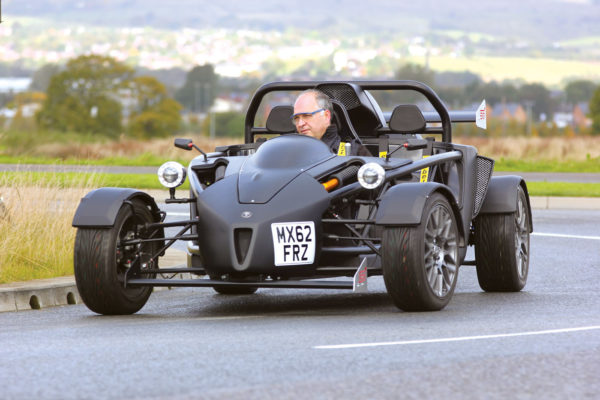

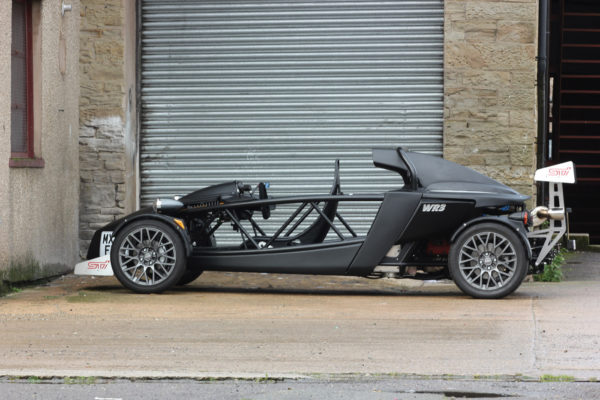


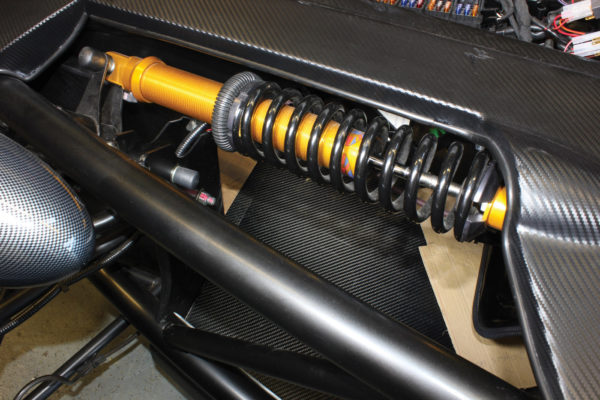


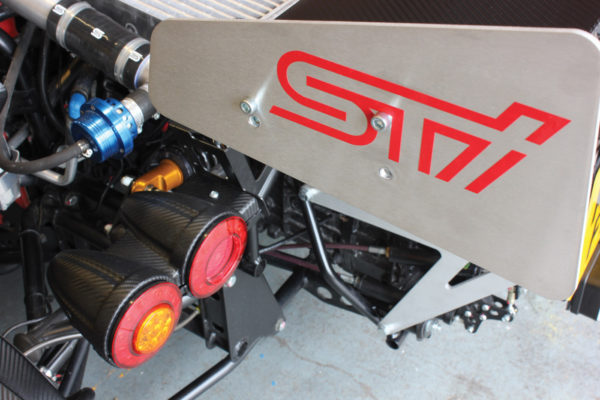


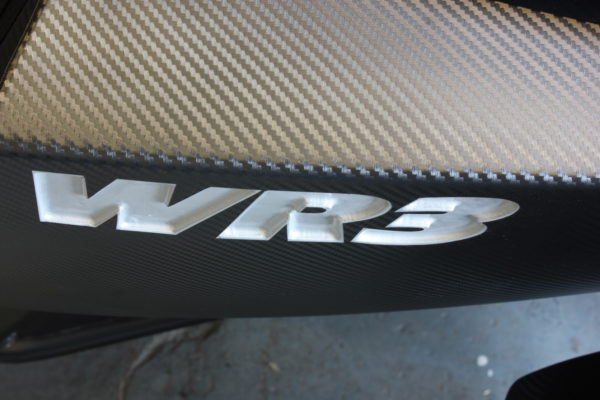


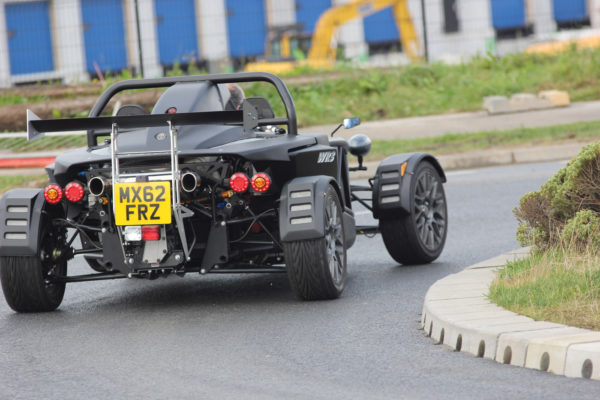

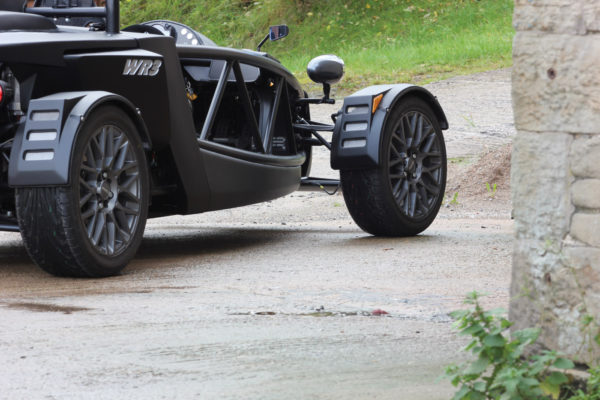



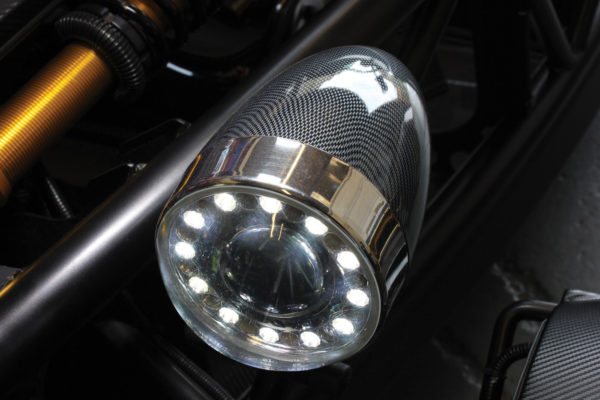

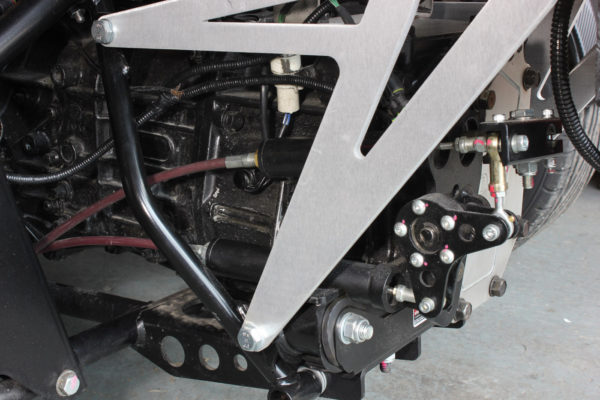


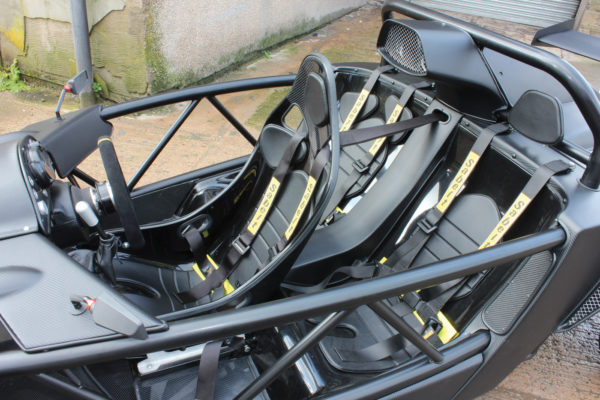
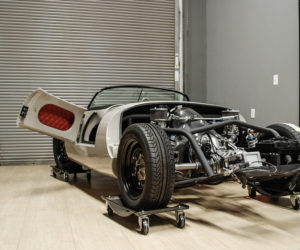


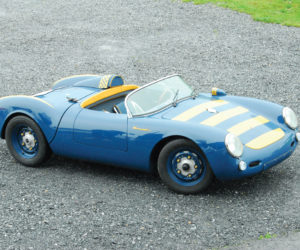

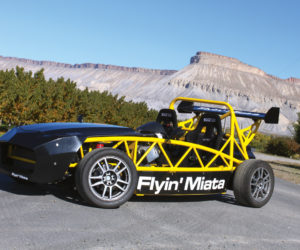




Comments for: The Tempest
comments powered by Disqus